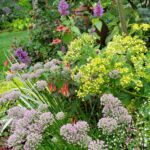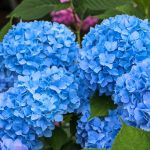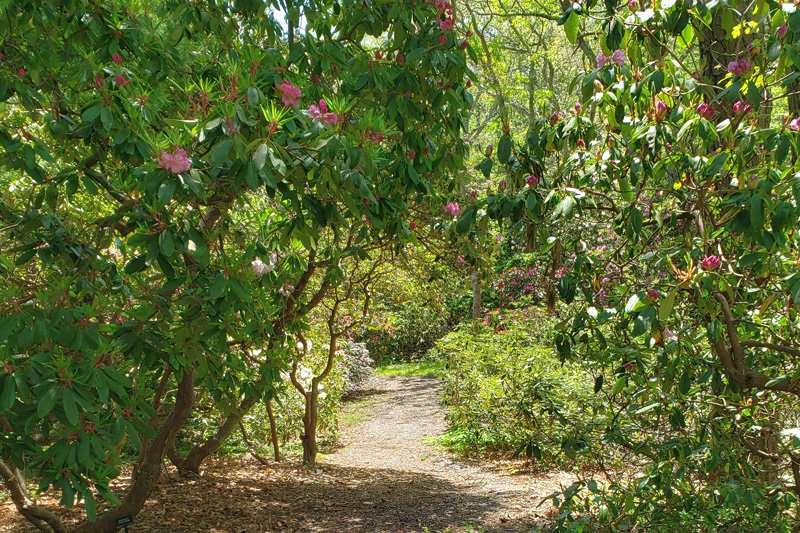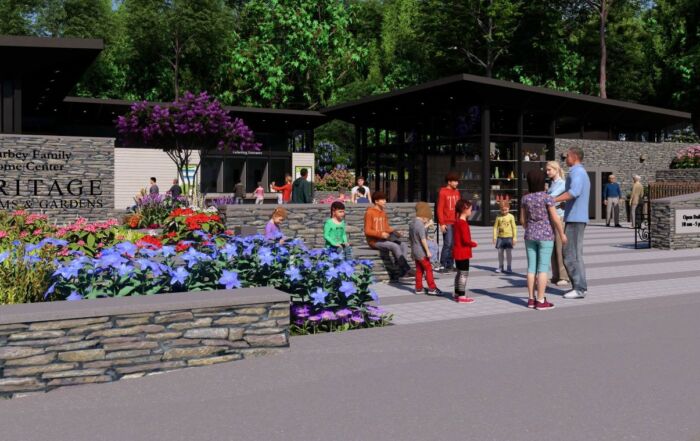Upcoming Events
Buzzing With Activity
We have added several bee hotels to the Arbor Bowl in our gardens to aid in pollination, and to help keep harmful insects away.
Bee hotels are different than bee hives in that bee hives are home to community bees or bee colonies, but bee hotels attract solitary bees. They are called solitary bees because they build individual nest for their larva, but a some species will group their nests in aggregations.
Solitary bees are not aggressive, rarely sting – if they do sting it is likely you wouldn’t even notice, they do not make honey, or swarm.
We hope that these hotels will become home to many species native to the region (see the list below for more information on native solitary bee types). To help make the area more inviting for bees we are also working on installing and establishing new pollinator meadows.
All of the materials used in creating these bee hotels were sourced right here on our grounds, they include:
- Bamboo
- Japanese Knotweed stems
- Hydrangea sticks
- The hotels will be inspected and cleaned on a yearly basis.
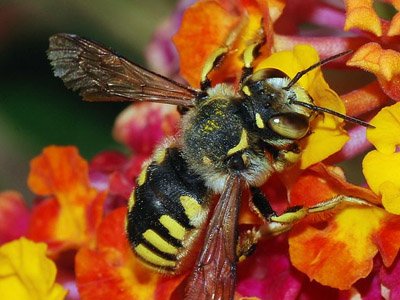
Mason Bees (Anthidium)
Nesting Habitat: Build nests from a mix of conifer resin, plant hairs, and/or mud. LEARN MORE
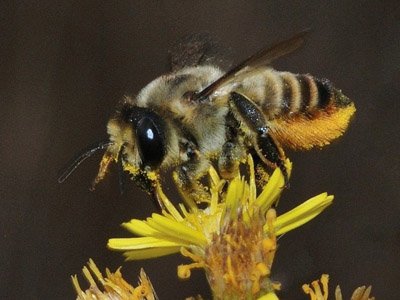
Leaf-Cutter Bee (Megachile)
Nesting Habitat: Built in hollow twigs and other natural cavities and lined with chewed leaves or petals. LEARN MORE
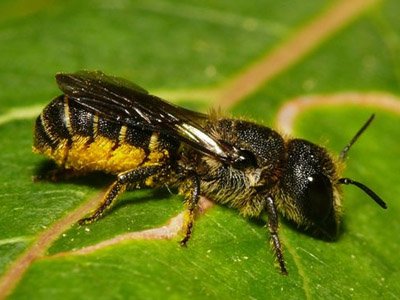
Mason Bee (Heriades)
Nesting Habitat: Nest in ground burrows and twigs. LEARN MORE
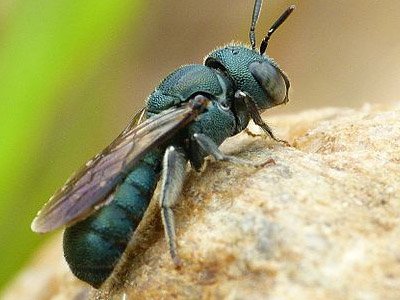
Small Carpenter Bee (Ceratina)
Nesting Habitat: Stems of dead broken pithy plants. LEARN MORE
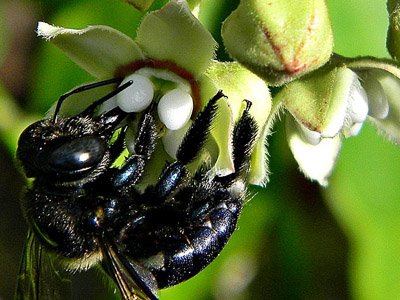
Large Carpenter Bee (Xylocopa)
Nesting Habitat: Burrows in dead wood, bamboo, or structural timbers. LEARN MORE
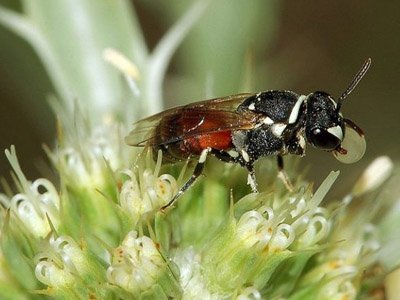
Yellow Masked Bee (Hylaeus)
Nesting Habitat: Dead twigs or plant stems. LEARN MORE
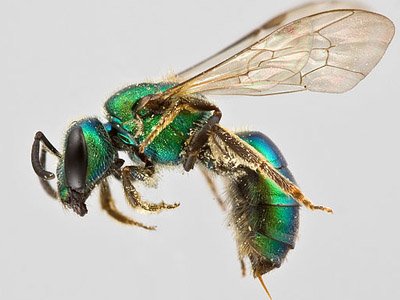
Sweat Bee (Augochlora)
Nesting Habitat: Burrows into wood. LEARN MORE
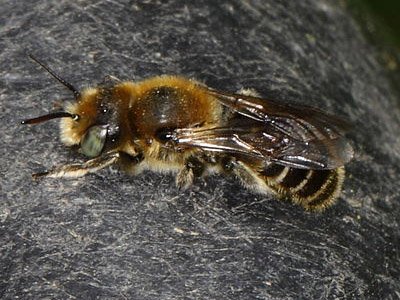
Mason Bee (Hoplitis)
Nesting Habitat: Diverse among species, including in pithy steams with leaf pulp and/or pebbles, holes in wood, holes in bank soil made by other insects, short soil burrows, and nests built of pebbles, soil, and saliva. LEARN MORE

Mason Bee (Osmia)
Nesting Habitat: Varies, including burrows in soil and hollow stems sometimes with clay and other material for cell walls.LEARN MORE
The hum of bees is the voice of the garden
Recent Garden News & Blogs
Heritage Awarded TernSOLAR Grant
Heritage Museums & Gardens Awarded $60,000 TernSOLAR Matching Grant for Renewable Energy Initiative December 11, 2024 - Heritage Museums & Gardens is proud to announce it has been awarded a $60,000 TernSOLAR Challenge [...]
Volunteer Spotlight!
Volunteer Spotlight: Featuring Carole Romaine By: Iris Clearwater, Volunteer Coordinator & Senior Gardener Do you know any kids who love Legos? Imagine a table covered in Legos of all shapes and sizes to explore [...]
The Barbey Welcome Center Groundbreaking
The Barbey Family Welcome Center Groundbreaking, February 7, 2024 Groundbreaking Ceremony Marks the Start of Construction for the New Barbey Family Welcome Center at Heritage Museums & Gardens February 8, 2024 (Sandwich, MA) [...]
Welcome Center Capital Campaign
Welcome Center Capital Campaign Announcement, July 12, 2023 Heritage Museums & Gardens Announces Capital Campaign for New Welcome Center July 12, 2023 (Sandwich, MA) Heritage Museums & Gardens, a beloved cultural institution known [...]


